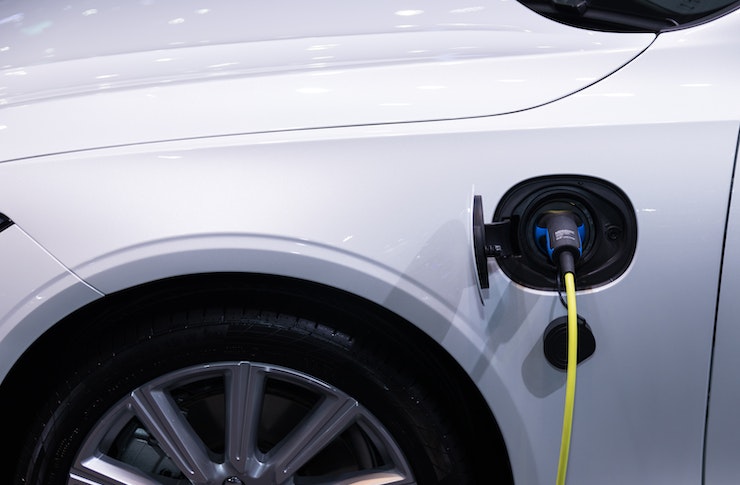In-Cabin Tech Integration: Smartphones, Voice Control, and Connectivity
In-cabin technology now blends smartphones, voice control, and connected systems to shape how drivers interact with vehicles. This article examines the practical roles of connectivity, telematics, diagnostics, charging and battery management, and routine maintenance, with attention to safety, efficiency, and how these systems affect vehicle upkeep and everyday use.

The modern cabin has evolved into an information and control hub where smartphones, voice assistants, and vehicle systems converge. Drivers and passengers expect reliable connectivity, intuitive voice control, and seamless access to navigation, media, and vehicle data. This shift affects maintenance routines, efficiency considerations for electric and hybrid powertrains, and how telematics and diagnostics inform decisions about drivetrain, tires, lubrication, inspections, and charging behaviors. Understanding these interactions helps users manage costs, safety implications, and long-term vehicle performance.
How does connectivity shape in-cabin experiences?
Connectivity provides the backbone for smartphone integration, over-the-air updates, and cloud services. A stable connection enables features such as real-time navigation with traffic updates, streaming audio, and remote vehicle monitoring. For drivers, this means easier access to route planning that improves fuel or battery efficiency and quick updates to infotainment software. In areas with inconsistent networks, fallback modes and local caches preserve basic functions, but full-feature features like live diagnostics or remote telematics require reliable data links.
What role do telematics systems play?
Telematics combines GPS, cellular connectivity, and onboard sensors to deliver fleet tracking, usage-based insurance signals, and driver-behavior analytics. These systems aggregate data from drivetrain sensors, battery management units, and other subsystems to create actionable reports. For individual owners, telematics can alert to maintenance needs, identify inefficient driving patterns that increase fuel or energy consumption, and assist emergency services after a collision. Privacy and data security are important considerations when enabling telematics features.
How do diagnostics integrate with smartphone apps?
Modern diagnostics communicate fault codes, system statuses, and predictive alerts to mobile apps via Bluetooth or cloud connections. Consumers can receive notifications about battery health, lubrication or oil change intervals, tire pressure warnings, and drivetrain issues. Integration enables scheduling inspections and connecting to service centers, while also helping users prioritize repairs that affect safety or efficiency. Diagnostic messages vary in urgency; understanding the difference between advisory notifications and critical faults is key to timely action.
How are charging and battery systems managed inside the cabin?
Electric and hybrid vehicles surface charging and battery information directly in the cabin display and companion smartphone apps. Drivers see estimated range, state of charge, and recommended charging windows to optimize battery life and efficiency. In-cabin systems can offer route planning that includes charging stops and energy-efficient routing. For plug-in hybrids, connectivity helps balance electric and fuel use by suggesting charging habits that reduce fuel consumption while preserving battery longevity.
How does in-cabin tech affect maintenance and inspections?
Connectivity and integrated vehicle data enable more proactive maintenance. Routine items—lubrication schedules, oil level monitoring, tire pressure and tread alerts, drivetrain diagnostics—can be tracked and reported automatically. Inspections become more targeted as telematics point technicians to specific systems needing attention, reducing the time and cost of routine service. For owners of electric vehicles, monitoring cooling systems and battery health is especially important; apps can recommend inspection intervals based on usage patterns rather than fixed mileage alone.
How does voice control improve safety and usability?
Voice control reduces manual interaction with displays and smartphones, letting drivers perform navigation, communication, and media tasks hands-free. Properly designed voice interfaces minimize distraction, but they require robust speech recognition tailored to automotive noise environments. Safety integration also extends to emergency calling and hands-free diagnostic queries. While voice control enhances usability, it should complement physical controls for critical driving tasks and be part of a broader safety strategy that includes alerts tied to telematics and diagnostics.
Connectivity, telematics, diagnostics, and voice control together shape how maintenance, efficiency, and safety are managed in modern vehicles. Smartphone integration makes many vehicle functions more accessible, but it also raises expectations for reliable data, secure systems, and clear guidance on servicing. As electric and hybrid powertrains become more common, in-cabin systems that surface charging, battery, and drivetrain information will be central to maximizing efficiency and reducing unexpected downtime. Regular inspections guided by telematics and clear diagnostic messaging can streamline upkeep and support safer driving.
In summary, in-cabin tech integration ties together user convenience and technical oversight: connectivity delivers data, telematics contextualizes it, diagnostics translate it into action, and voice control reduces distraction. Understanding how these systems interact helps drivers maintain vehicle health, optimize efficiency for electric and hybrid systems, and prioritize safety-related repairs without unnecessary complexity.





